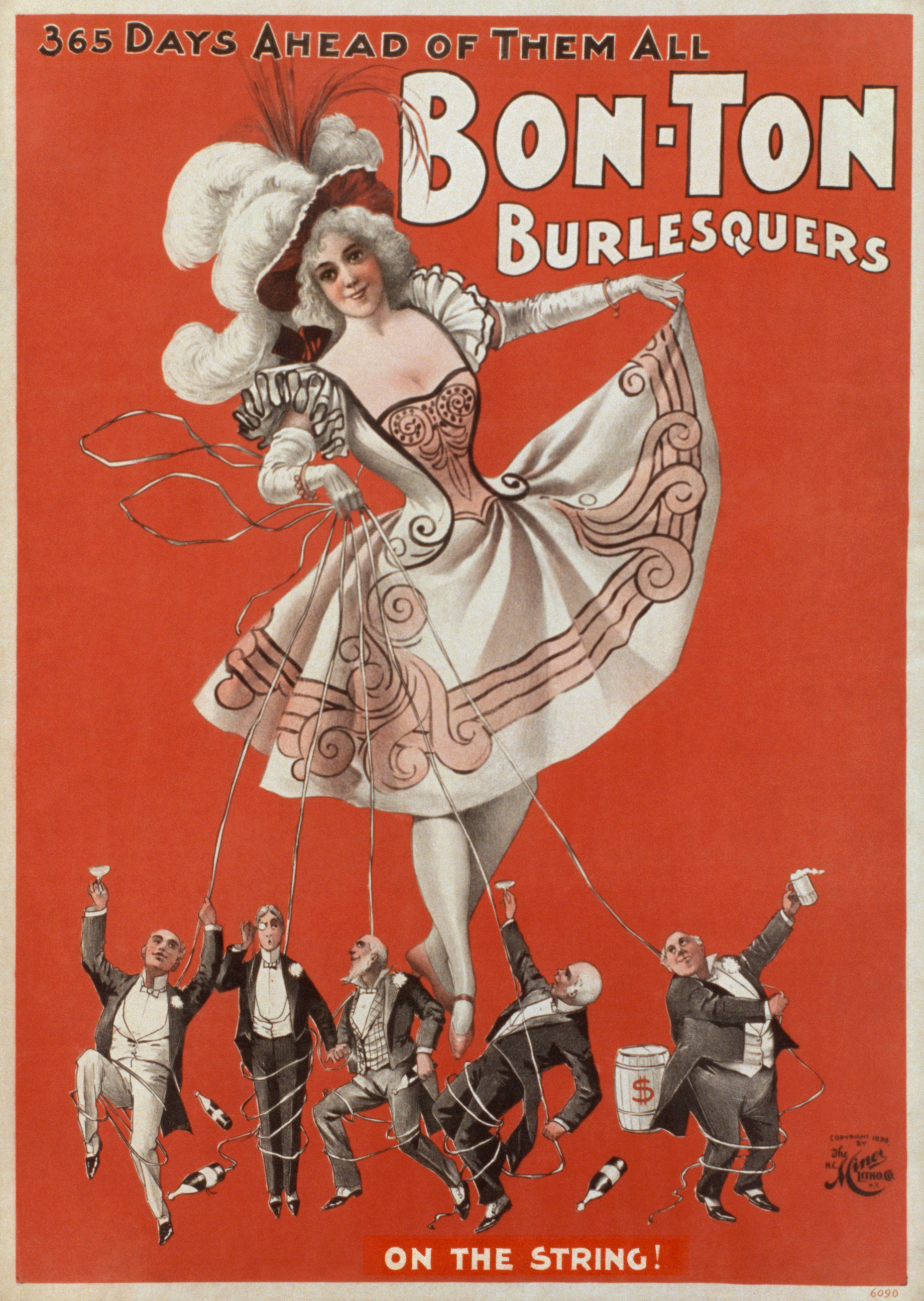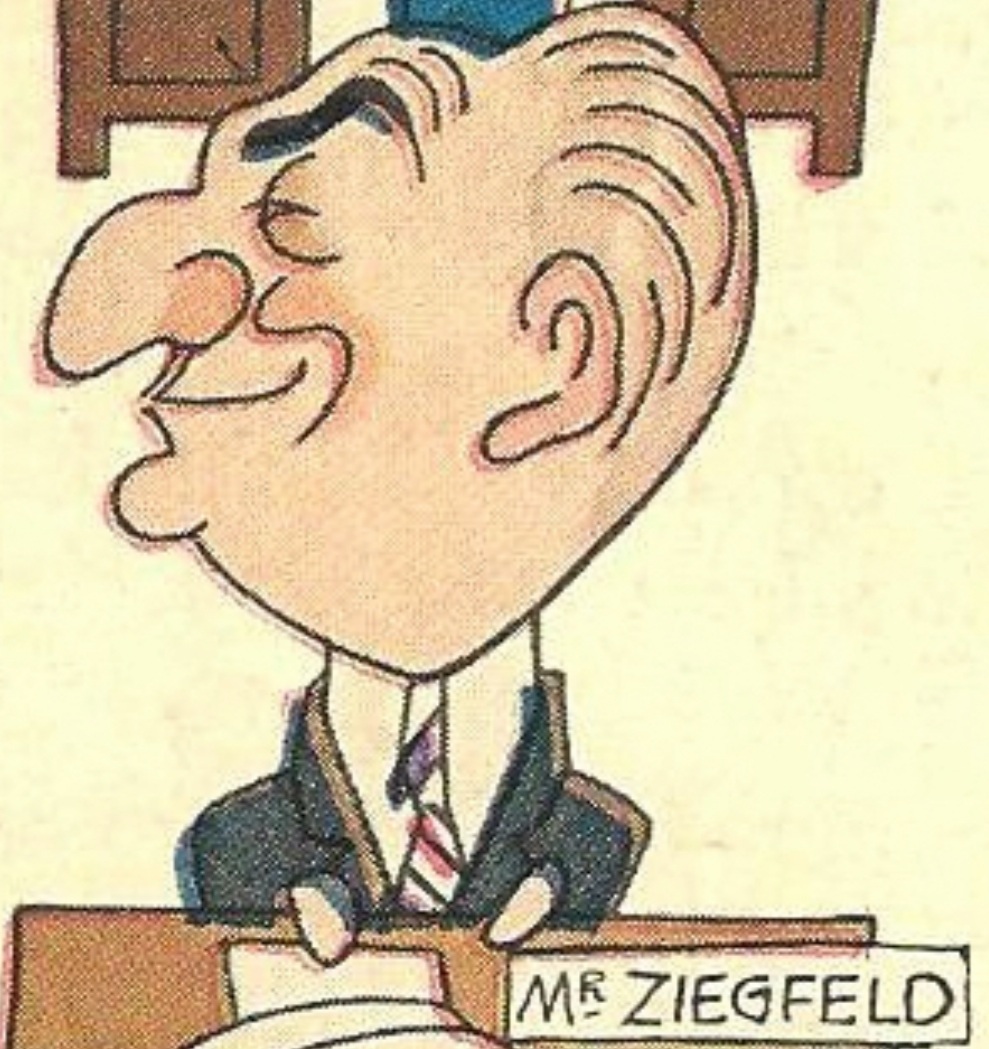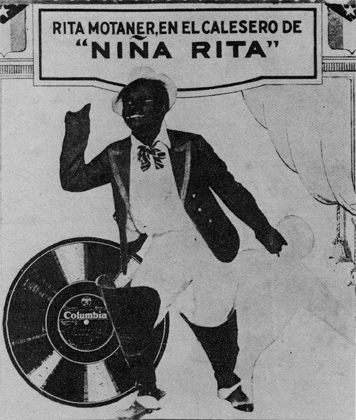|
Revue
A revue is a type of multi-act popular theatre, theatrical entertainment that combines music, dance, and sketch comedy, sketches. The revue has its roots in 19th century popular entertainment and melodrama but grew into a substantial cultural presence of its own during its golden years from 1916 to 1932. Though most famous for their visual spectacle, revues frequently satirized contemporary figures, news or literature. Similar to the related subforms of operetta and musical theatre, the revue art form brings together music, dance and sketches to create a compelling show. In contrast to these, however, revue does not have an overarching storyline. Rather, a general theme serves as the motto for a loosely related series of acts that alternate between solo performances and dance ensembles. Owing to high ticket prices, wikt:ribald, ribald publicity campaigns and the occasional use of wikt:prurient, prurient material, the revue was typically patronized by audience members who earned mo ... [...More Info...] [...Related Items...] OR: [Wikipedia] [Google] [Baidu] |
Greenwich Village Follies
''The Greenwich Village Follies'' was a musical revue that played for eight seasons in New York City from 1919 to 1927. Launched by John Murray Anderson, and opening on July 15, 1919, at the newly constructed Greenwich Village Theatre near Christopher Street, the show's success has been credited in part to its timing: as a non-union production, it was unaffected by the then-current actors' strike. From downtown to uptown Though considered a pioneer in the history of Off-Broadway musicals, this annual revue actually spent very little time in its original downtown home. The first edition moved uptown soon after its opening, as did the second. By the third year, the revue simply skipped its native venue and opened at the Shubert Theatre. Typically, after a run in New York, an adapted version of the show toured the country. Rival revues To the dismay of rival impresario Florenz Ziegfeld, Anderson changed the last word of his title from “Nights” to “Follies.” Ziegfeld di ... [...More Info...] [...Related Items...] OR: [Wikipedia] [Google] [Baidu] |
Musical Theatre
Musical theatre is a form of theatre, theatrical performance that combines songs, spoken dialogue, acting and dance. The story and emotional content of a musical – humor, pathos, love, anger – are communicated through words, music, movement and technical aspects of the entertainment as an integrated whole. Although musical theatre overlaps with other theatrical forms like opera and dance, it may be distinguished by the equal importance given to the music as compared with the dialogue, movement and other elements. Since the early 20th century, musical theatre stage works have generally been called, simply, musicals. Although music has been a part of dramatic presentations since ancient times, modern Western musical theatre emerged during the 19th century, with many structural elements established by the light opera works of Jacques Offenbach in France, Gilbert and Sullivan in Britain and the works of Edward Harrigan, Harrigan and Tony Hart (theater), Hart in America. ... [...More Info...] [...Related Items...] OR: [Wikipedia] [Google] [Baidu] |
The Earl Carroll Vanities
''The Earl Carroll Vanities'' was a Broadway theatre, Broadway revue presented by Earl Carroll in Roaring Twenties, the 1920s and early 1930s. Carroll and his show were sometimes controversial. Distinguishing qualities In 1923, the ''Vanities'' joined the ranks of New York's other popular revues: ''The Greenwich Village Follies'', ''George White's Scandals'', and ''The Ziegfeld Follies''. At a time when Florenz Ziegfeld was hailed as "The Great Glorifier of the American Girl," Carroll bragged that "the most beautiful girls in the world" passed through the stage door of his theatre. As many as 108 women were onstage in Carroll's show at one time. Critics often insinuated that Carroll's performers were provocatively dressed. Carroll frequently sublimated public scrutiny into free publicity. Though Carroll boasted of presenting larger casts than his peers, his fare was frequently regarded as somewhat unsophisticated. One critic in the ''New York Times'' described the show's comedy ... [...More Info...] [...Related Items...] OR: [Wikipedia] [Google] [Baidu] |
Eddie Cantor
Eddie Cantor (born Isidore Itzkowitz; January 31, 1892 – October 10, 1964) was an American comedian, actor, dancer, singer, songwriter, film producer, screenwriter and author. Cantor was one of the prominent entertainers of his era. Some of his hits include " Makin' Whoopee", "Ida (Sweet as Apple Cider)", " If You Knew Susie", " Ma! He's Making Eyes at Me", “ Mandy”, " My Baby Just Cares for Me”, "Margie", and " How Ya Gonna Keep 'em Down on the Farm (After They've Seen Paree)?" He also wrote a few songs, including " Merrily We Roll Along", the '' Merrie Melodies'' Warner Bros. cartoon theme. His eye-rolling song-and-dance routines eventually led to his nickname "Banjo Eyes". In 1933, artist Frederick J. Garner caricatured Cantor with large round eyes resembling the drum-like pot of a banjo. Cantor's eyes became his trademark, often exaggerated in illustrations, and leading to his appearance on Broadway in the musical '' Banjo Eyes'' (1941). He helped to develop the M ... [...More Info...] [...Related Items...] OR: [Wikipedia] [Google] [Baidu] |
The Passing Show
''The Passing Show'' was a musical revue in three acts, billed as a "topical extravaganza", with a book and lyrics by Sydney Rosenfeld and music by Ludwig Engländer and various other composers. It featured spoofs of theatrical productions of the past season. The show was presented in 1894 by George Lederer at the Casino Theatre. It was one of the first musical revues on Broadway and led the fashion for such productions. The Casino Theatre produced a revue each summer thereafter for several seasons. In 1912, Lee and Jacob J. Shubert began an annual series of elaborate Broadway revues using the name ''The Passing Show of 19XX'', designed to compete with the popular Ziegfeld Follies. Original 1894 version Although a few entertainments that could be called revues had already been presented by such showmen as John Brougham, ''The Passing Show'' was the first American revue to use the term, spelling it "review". Its now-familiar structure was to use a thin story line to ... [...More Info...] [...Related Items...] OR: [Wikipedia] [Google] [Baidu] |
American Burlesque
American burlesque is a genre of variety show derived from elements of Victorian burlesque, music hall, and minstrel shows. Burlesque became popular in the United States in the late 1860s and slowly evolved to feature ribald comedy and female nudity. By the late 1920s, the striptease element overshadowed the comedy and subjected burlesque to extensive local legislation. Burlesque gradually lost its popularity, beginning in the 1940s. A number of producers sought to capitalize on nostalgia for the entertainment by recreating burlesque on the stage and in Hollywood films from the 1930s to the 1960s. There has been a resurgence of interest in this format since the 1990s. Literary and theatrical origins The term "burlesque" more generally means a literary, dramatic or musical work intended to cause laughter by caricaturing the manner or spirit of serious works, or by ludicrous treatment of their subjects. [...More Info...] [...Related Items...] OR: [Wikipedia] [Google] [Baidu] |
John Murray Anderson
John Murray Anderson (September 20, 1886 – January 30, 1954) was a Canadian theatre director and theatre producer, producer, songwriter, actor, screenwriter, dancer and lighting designer, who made his career in the United States, primarily in New York City and Hollywood. He worked in almost every genre of show business, including vaudeville, Broadway theatre, Broadway, and film. He also directed plays in London. Early life and education John Murray Anderson was born in 1886 in St. John's, Newfoundland and Labrador, St. John's, Newfoundland Colony, Newfoundland, the son of Hon. John Anderson (Newfoundland politician), John Anderson and his wife. His brother was Hugh Abercrombie Anderson. Anderson received his early education at Bishop Feild College in St. John's. He was sent to Europe for additional studies at Edinburgh Academy in Scotland. He entered college at the University of Lausanne in Switzerland. Later, he also studied singing with Sir Charles Santley and art with Herber ... [...More Info...] [...Related Items...] OR: [Wikipedia] [Google] [Baidu] |
Florenz Ziegfeld Jr
Florenz Edward Ziegfeld Jr. (; March 21, 1867 – July 22, 1932) was an American Broadway impresario, notable for his series of theatrical revues, the ''Ziegfeld Follies'' (1907–1931), inspired by the ''Folies Bergère'' of Paris. He also produced the musical ''Show Boat''. He was known as the "glorifier of the American girl". Ziegfeld is a member of the American Theater Hall of Fame. Early life Florenz Edward Ziegfeld Jr. was born on March 21, 1867, in Chicago, Illinois. His mother, Rosalie (''née'' de Hez), who was born in Belgium, was the grandniece of General Count Étienne Maurice Gérard. His father, Florenz Edward Ziegfeld, was a German immigrant whose father was the mayor of Jever in Friesland. Ziegfeld was baptized in his mother's Roman Catholic church. His father was Lutheran. As a child Ziegfeld witnessed the Chicago fire of 1871. Career His father ran the Chicago Musical College and later opened a nightclub, the ''Trocadero'', to profit from the 1893 World's ... [...More Info...] [...Related Items...] OR: [Wikipedia] [Google] [Baidu] |
George White's Scandals
''George White's Scandals'' were a long-running string of Broadway revues produced by George White that ran from 1919–1939, modeled after the ''Ziegfeld Follies''. The "Scandals" launched the careers of many entertainers, including W. C. Fields, the Three Stooges, Ray Bolger, Helen Morgan, Ethel Merman, Ann Miller, Eleanor Powell, Bert Lahr and Rudy Vallée. Louise Brooks, Dolores Costello, Barbara Pepper, and Alice Faye got their show business start as lavishly (or scantily) dressed chorus girls strutting to the "Scandal Walk". Much of George Gershwin's early work appeared in the 1920–24 editions of ''Scandals.'' The Black Bottom, danced by ''Ziegfeld Follies'' star Ann Pennington and Tom Patricola, touched off a national dance craze. ''George White's Scandals'' is also the name of several movies set within the ''Scandals'', all of which focus primarily on the show's acts, with a thin backstage plot stringing them all together. The best known of these was ... [...More Info...] [...Related Items...] OR: [Wikipedia] [Google] [Baidu] |
Operetta
Operetta is a form of theatre and a genre of light opera. It includes spoken dialogue, songs and including dances. It is lighter than opera in terms of its music, orchestral size, and length of the work. Apart from its shorter length, the operetta is usually of a light and amusing character. The subject matter may portray "lovers' spats, mistaken identities, sudden reversals of fortune, and glittering parties". It sometimes also includes satirical commentaries. "Operetta" is the Italian diminutive of "opera" and was used originally to describe a shorter, perhaps less ambitious work than an opera. Operetta provides an alternative to operatic performances in an accessible form targeting a different audience. Operetta became a recognizable form in the mid-19th century in France, and its popularity led to the development of many national styles of operetta. Distinctive styles emerged across countries including Austria-Hungary, Germany, England, Spain, the Philippines, Mexico, Cuba, ... [...More Info...] [...Related Items...] OR: [Wikipedia] [Google] [Baidu] |
Shubert Family
The Shubert family was responsible for the establishment of Broadway theatre, Broadway theaters in New York City's Theater District, Manhattan, Theater District, as the hub of the theatre industry in the United States. Through the The Shubert Organization, Shubert Organization, founded by brothers Lee, Sam, and Jacob Shubert, they dominated the legitimate theatre and vaudeville in the first half of the 20th century. History The family's history in America began when Duvvid Schubart (Transliteration, transliterated to "Shubert") and his wife Katrina (Gitel) Helwitz left their native town of Vladislavov in the Russian Empire (now Kudirkos Naumiestis, Kudirkos Naumiestis, Lithuania) with their eight children, two of whom died after the journey. They arrived in New York City from Hamburg, via England, on June 12, 1881 on the ''S.S.'' ''Spain''. They then settled in Syracuse, New York. [...More Info...] [...Related Items...] OR: [Wikipedia] [Google] [Baidu] |
Extravaganza
An extravaganza is a literary or musical work (often musical theatre) usually containing elements of Victorian burlesque, and pantomime, in a spectacular production and characterized by freedom of style and structure. The term is derived from the Italian word ''stravaganza'', meaning extravagance. It sometimes also has elements of music hall, cabaret, circus, revue, variety, vaudeville and mime. ''Extravaganza'' came, in the 20th century, to more broadly refer to an elaborate, spectacular, and expensive theatrical production. Professor Carolyn Wiliams writes that playwrights, producers and critics have often muddled the distinction between burlesque and extravaganza, but she describes the genre this way: "Sexy yet free of "offensive vulgarity", silly yet intelligent, raucus yet spectacularly beautiful, extravaganza was a relatively "high" form of burlesque, intended for an urbane adult audience." She notes that the definition of extravaganza changed during the 19th century, in ... [...More Info...] [...Related Items...] OR: [Wikipedia] [Google] [Baidu] |








